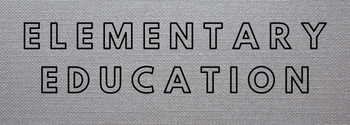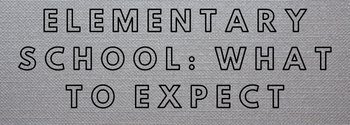Narrative Methods Of Observation
Here’s a method that early childhood workers use to observe children. Narrative observation methods describe the actions or past activities of a child, for instance, “Sam plays with building blocks”. He builds his tower using one brick at a moment’. Narrative observation is also known as ‘free description.’ The observations can be recorded over a short time or for a longer period of time. A narrative observation can include photographs or clips of film. Narratives have many benefits, such as:
No preparation required
It is a great tool for monitoring all aspects of development
It is possible to use the device simultaneously to observe multiple areas of development
There are disadvantages to this as well.
It is sometimes difficult to remember everything quickly
It is possible that the observer will have to stop and choose what to focus their attention on.
It is difficult to accurately record without judgment.
Checklists and tick charts:
Here’s another way of observing children. Checklists and tick charts are both simple methods of assessing a child’s skill. Prepare a list with statements like ‘Is the child able of putting on a coat’ or ‘Is the child able to use a spoon to eat’. These statements are usually based on developmental milestones or the outcomes of early childhood curriculum. When a child is demonstrating a skill, an observer can tick it off or make a notation. The following are some of the benefits to using a tick chart or checklist:
You can fill them in quickly and easily.
You can repeat them to determine if the child has progressed.
The observer is able to focus on the specific skills.
The following are disadvantages:
Observers may reach different conclusions as to whether a child is able to master a particular skill
It does not indicate how quickly an individual child can perform a skill or task
It is important that information be accurate. In order to make the best decisions for a child, it is important that assessments and observations are up-to-date and accurate. When a child’s progress is incorrectly assessed, the child will not receive the necessary support, which can affect their growth. If a child’s growth and development is affected by incorrect assessments, it can also cause anxiety in the family and them. Accurate assessments also pose problems because they can lead to children being given activities which are not appropriate for them. This could have a negative effect on their development and cause them anxiety.



